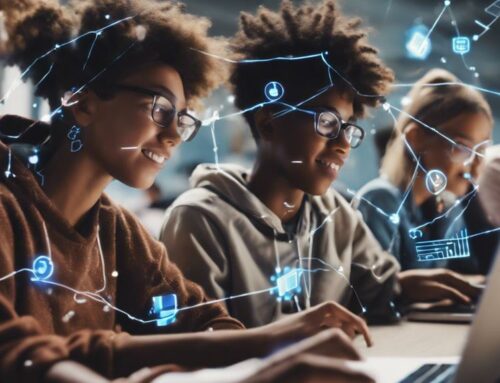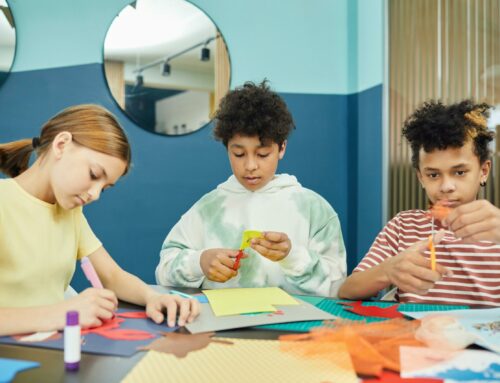4 Tips to Communicate More Effectively in the Online Classroom
The pandemic has highlighted how important online learning is in today’s world. Aside from allowing students to learn their courses and master different industries safely through the internet, online education can make learning less of a burden. In our post “Is Online Learning the Future of Education?,” we discussed how online learning gives students the flexibility to learn at their own pace and time, allowing them to better absorb their lessons and boost their academic performance.
However, there are a few challenges that educators face in the online classroom, most notably issues in communication. Despite the myriad of digital tools that can help teachers connect with their students in the online classroom, some still struggle to effectively communicate and engage their students. With that said, we’ve listed below four tips that educators can use to combat distance and silence in the online classroom.
Be assertive
One of the most important soft skills that online educators should have is assertiveness. By being assertive, teachers will be perceived as confident and self-assured figures of authority by their students. In addition, assertive teachers can also inspire their students to have confidence in themselves and encourage them to participate in the class. Some online students can get overpowered by others – especially by those who strive to always be in the spotlight – forcing them into the shadows behind a muted mic.
Assertive teachers can show students that it’s more than okay to step up, give their opinions, and ask questions for their own benefit. An easy way to show assertiveness in the online classroom is by being confident, extensive, and precise with your lessons. You can also exhibit assertiveness by laying down how you expect your students to behave and what you expect them to learn at the start of each class. Don’t forget to be clear – ambiguity will not benefit you or your students.
Monitor the discussions
After a lesson, teachers usually give their students time and space to discuss amongst themselves what they’ve learned in class, whether it’s through discussion boards or breakout rooms. To help students stay on track during a discussion, teachers should jump in by sharing resources, recognizing great input, and providing guiding questions.
An Edutopia article on how to improve participation in the virtual classroom highlights how teachers should also track the flow of the discussion. This can be done by listening to your students’ discussions and drawing lines on a sheet of paper, connecting those who shared with those who learned, and adding their input. This way, you can make sure that your students are learning from your lessons, as well as keep track of students who need to be more vocal in an online classroom environment. By playing this role during student discussions, teachers can learn how to effectively connect with a diverse set of students.
Capture and maintain the attention of your students
Most educators and students prefer synchronous online learning because it best reflects the traditional classroom and allows for real-time communication. But just like in a typical face-to-face class, educators need to go the extra mile to capture and maintain the attention of their students. One way to do this is by sharing anecdotes that are related to the lesson at hand.
LHH’s tips for an effective presentation highlights how telling stories during a presentation helps provoke emotional stimulus and give students relief from actively digesting their lessons. Another way for teachers to capture the attention of their students is by providing brain breaks. EduLearn2Change notes that brain relaxing activities such as playing games, watching a funny video, or taking a selfie with your students is more than enough to reset the energy level of students, recapture their attention, and help them keep their focus.
Remind students that they’re not alone
In the context of the pandemic, students in remote learning arrangements are more prone to feeling isolated and lonely. This can cause them to lose focus in class, and can even negatively affect their mental health. In this regard, you should schedule check-ins with your students in between classes. Aside from helping your students feel less lonely, checking in with them also allows you to provide feedback that can help them perform better in class. Another way to alleviate feelings of isolation in your online classroom is by holding virtual lunch groups or hosting online games. By showing your students that they can reach out to you, they may feel inspired to communicate more in class and be more attentive.
In conclusion…
Online learning isn’t a perfect medium for education. Failing to address the communication issues that exist in the online classroom can prevent students from finding their true potential. In this regard, educators should do all they can to communicate more effectively and better connect with their virtual students.





